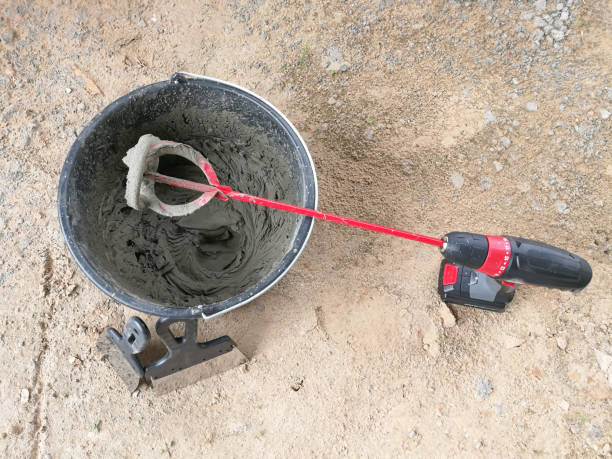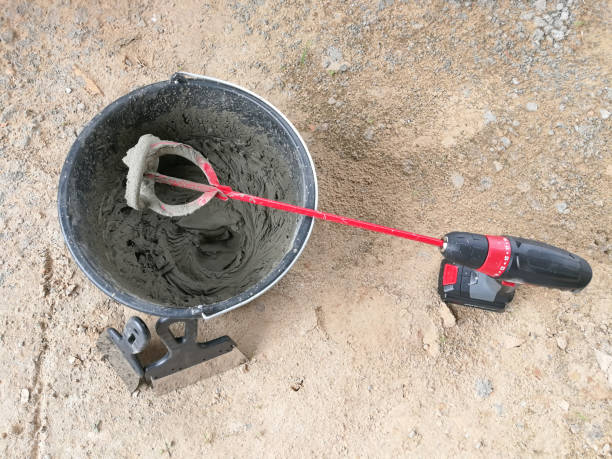Non-shrink mortar is a material that does not shrink. It is a cement-like material that does not lose volume as it hardens like normal concrete. The final volume is greater than or equal to the initial volume of the concrete.
Non-shrinkage mortar is sometimes called structural mortar. It should be noted that, in addition to other technical requirements, it must be non-shrinkable. Sometimes it serves as a means of transferring load in structures.
Using Non-Shrink Mortar
The possible uses of non-shrinkage construction mortar are diverse.
- Honeycomb Repair
- Padding under the base plates
- Installation of anchor bolts
- Machine base plates
- Steel Bearing Plates
- Filling gaps in concrete or any structural component


Non-shrinkage mortar properties
- No effect on boosters
- High adhesive strength
- High compressive strength
- High tensile strength
- Pumpable for easy placement
- Initial strength
- Above plate below plate can be applied
- Can be produced as a fluid or hard mix depending on the application
Important Facts to Consider When Using Non-Shrink Mortar
- It is very sensitive to the water-cement ratio. A change in the water-cement ratio has a significant impact on the strength of concrete.
- Non-shrinkage mortar is applied where no shrinkage is required. An increase in water content affects the performance of concrete and may not produce the expected result.
- A higher water content can cause cracks in the concrete due to greater drying shrinkage.
- Therefore, attention must be paid to the quantities to be used to produce concrete without shrinkage. All material must be measured before mixing. The water content and non-shrinkage cement content must be measured.
- The addition of water must be as recommended by the supplier and the mixing time must be as per the product specification.
- If it is necessary to fill large quantities of non-shrinking mortar, it is common practice to add sand in a 1:1 mixing ratio. However, this must be done in accordance with the supplier's product specifications.
- The filling depth of a honeycomb is generally limited to 100 mm per mold. This should also be done based on the supplier's product specifications.


Technical data of non-shrink construction mortar
- Healing should take at least 3 days
- Fast setup time. If necessary, charges can be made within 24 hours.
- High characteristic strength of concrete, e.g. 50 N/mm 2
- There are three levels of consistency: liquid consistency, fluid consistency and plastic consistency.
- Chloride is almost always free
- Generally, the maximum thickness per casting is 100mm
- The mixing ratio for adding chips is 1:1.
Related articles
- Mas Concrete
- Laminated concrete
- Self-compacting concrete
- concrete
- All about concrete
- Concrete construction
- Reinforced concrete
- Ready-made concrete
- Advantages and disadvantages of reinforced concrete
- How to choose the quality of concrete
- Concrete properties
- Additive Testing

